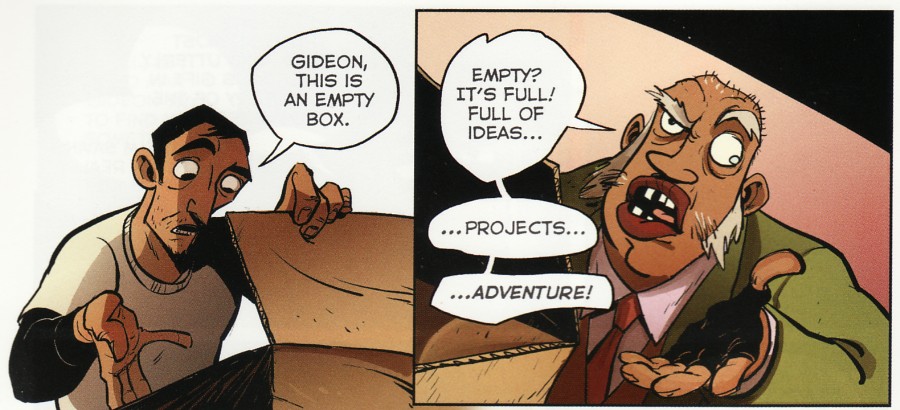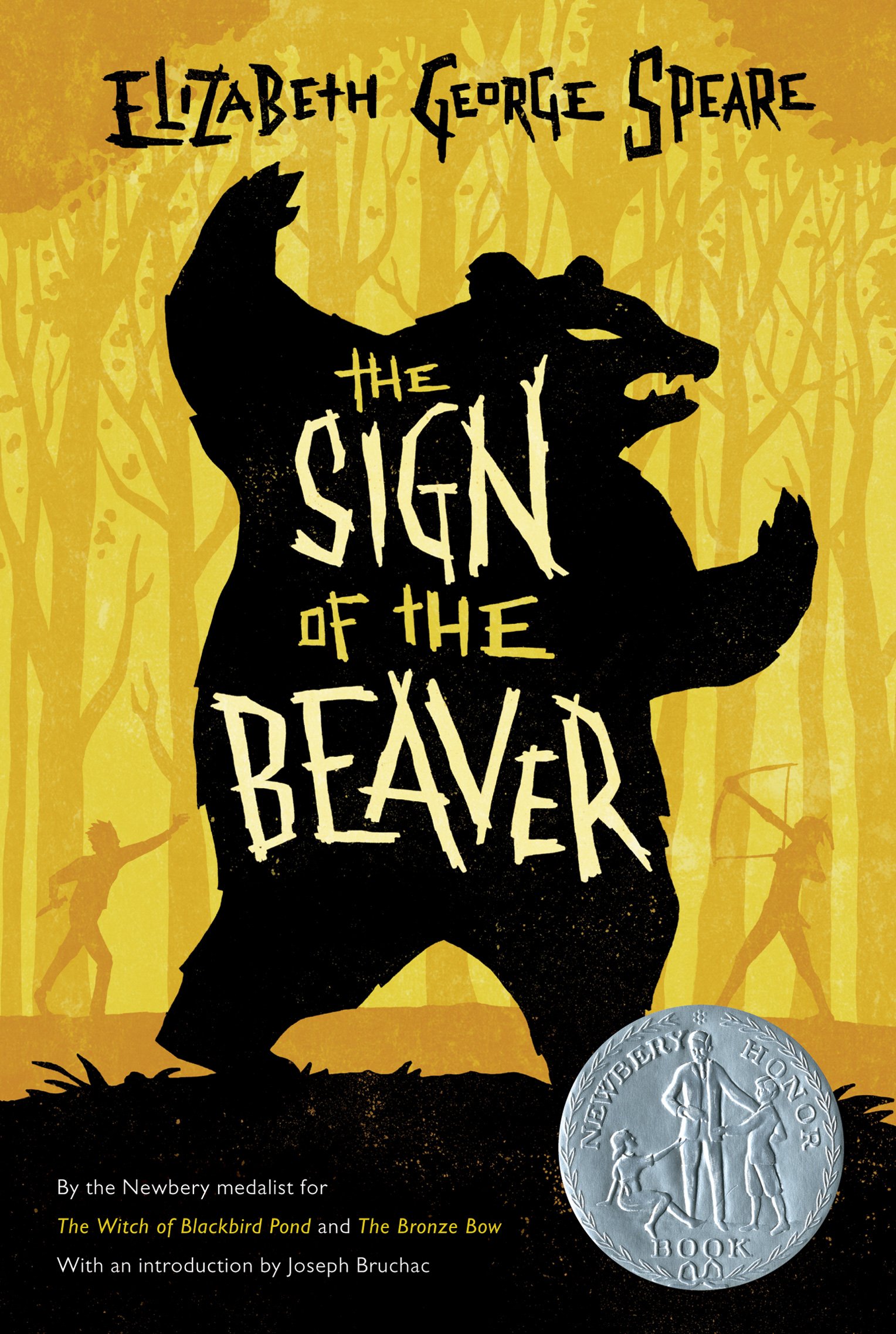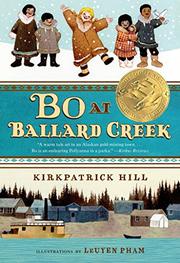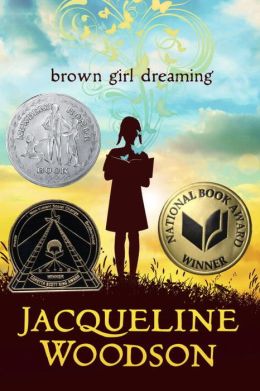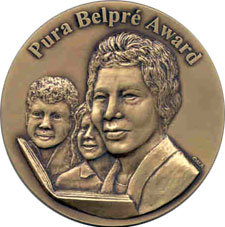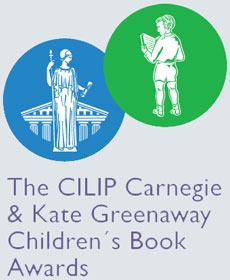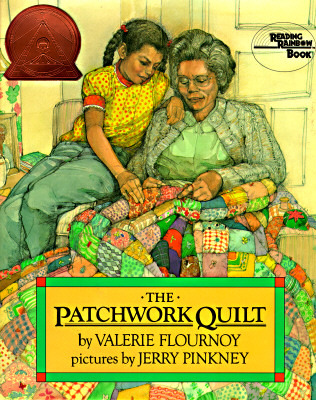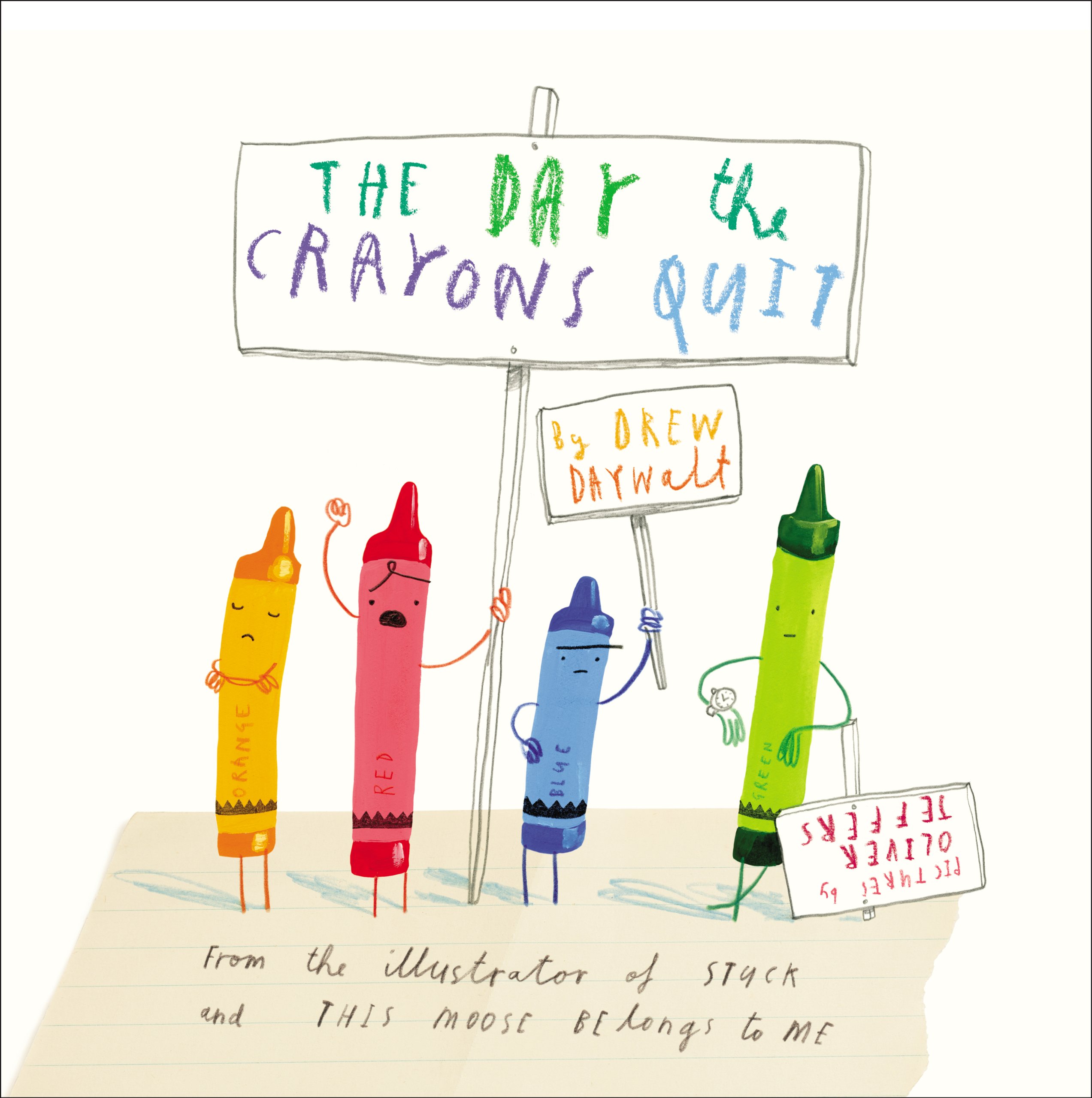Information about the
National Book Award
Established in 1950, the National Book Award is an American literary prize administered by the National Book Foundation, a nonprofit organization. A pantheon of such writers as William Faulkner, Marianne Moore, Ralph Ellison, John Cheever, Bernard Malamud, Philip Roth, Robert Lowell, Walker Percy, John Updike, Katherine Anne Porter, Norman Mailer, Lillian Hellman, Elizabeth Bishop, Saul Bellow, Donald Barthelme, Flannery O’Connor, Adrienne Rich, Thomas Pynchon, Isaac Bashevis Singer, Alice Walker, Charles Johnson, E. Annie Proulx, and Colum McCann have all won the Award.All books must be published by U.S. publishers located in the United States between December 1, 2013 and November 30, 2014. All authors must be U.S. citizens.
The following are eligible:
- Full-length books of fiction and nonfiction
- Collections of short stories and collections of essays by one author
- Collected and selected poems by one author
- Books by authors who are living at the commencement of the eligibility year (December 1, 2013)
- Self-published books, provided that the author/publisher also publishes titles by other authors (Note: the Foundation may request the publisher's catalog to verify this.)
The following are NOT eligible:
- English translations of books originally written in other languages
- Anthologies containing work written by multiple authors
- Reprints of books published in previous Award years. Exceptions may be made for otherwise eligible books published outside the United States in the previous Award year, at the National Book Awards’ discretion.
- Books published through self-publishing services
 |
| 2010 Young People's Literature Winner (First Year of Award) |
 |
| 2014 Young People's Literature Winner |





